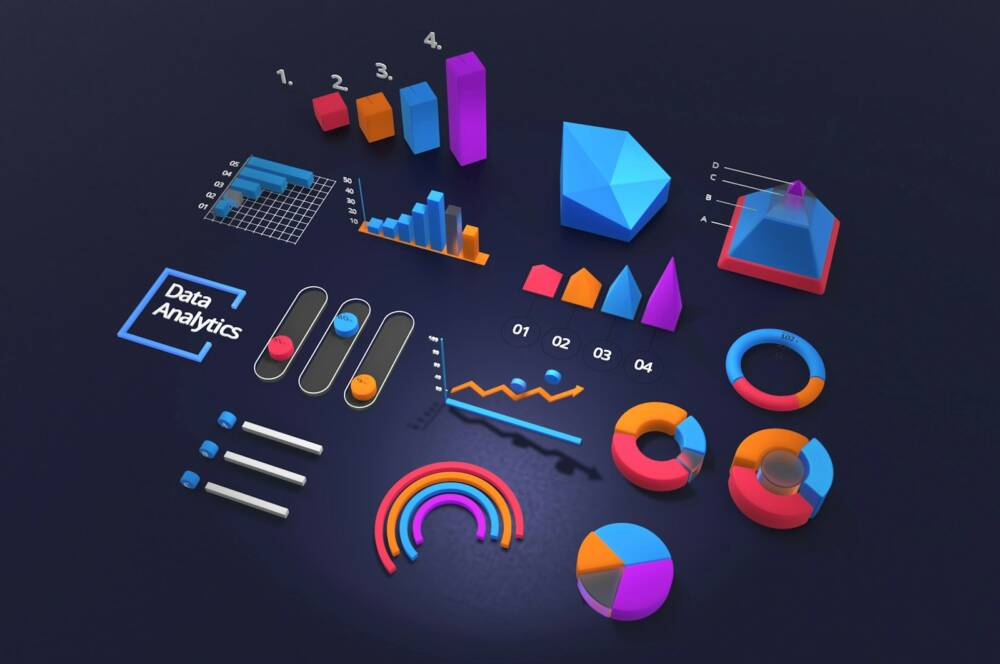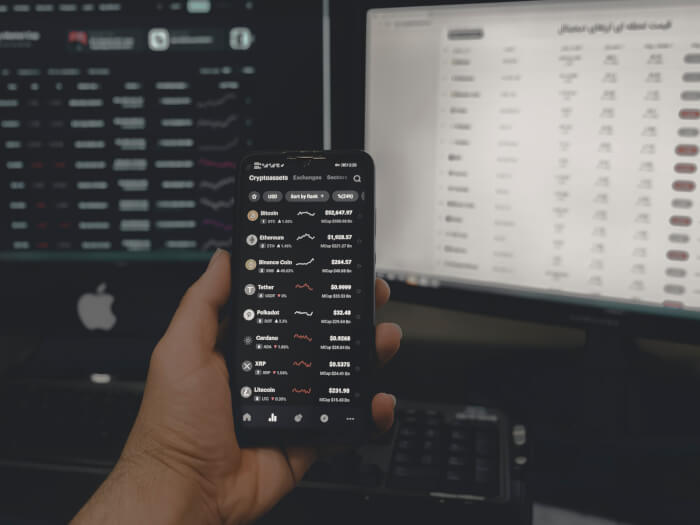Crypto trading has been booming these days due to the recent price rally on this market. Many professional and seasoned investors are also coming forward to invest in digital assets but it can be daunting for beginners. There is a vast amount of native jargon and processes involved, making crypto trading more difficult for newcomers to understand. So, you’d be better off consulting a professional like this crypto accountant UK before you invest. Here are five tips for those who only think about joining the crypto market that might help sustain in the field in the long run.
Decide how you’d like to trade
There are two major ways to trade cryptocurrencies: speculate on crypto prices by buying and selling the underlying asset or by using derivatives.
If you buy an asset, it means that you will take ownership of some fraction of the digital currency outright. In this case, you may hold it in your wallet and gain profit if it increases in value over time.
Alternatively, you can buy CFD, futures, options, or other derivative instruments to benefit from price fluctuations and hedge your funds. For example, CFDs allow you to profit from price differences without the need to own the underlying asset. With derivatives, it is also easier to profit from downward movement. You can open a short position or even use leverage to increase your position with borrowed funds.
Learn the crypto market basics
Market analysis is important if you want to find out what factors affect crypto prices. It should also help traders find potential entry points and assets to invest in. So if you don’t want to rely only on luck and just randomly pick cryptocurrencies, then consider doing some research to understand what may come next with cryptocurrency.
The general market analysis consists of three analysis types: fundamental, technical, sentiment. In the crypto market, technical analysis works relatively the same as on traditional markets using the same tools. But in terms of fundamentals and sentiment, cryptocurrencies are quite unique assets. They have their own set of native indicators (network hash rate, mining difficulty, etc.) and events (halving, airdrop, etc.). If you don’t know what these factors mean and how they potentially may affect the price, it could be difficult to analyze current and further situations in the market.
Also, keep in mind that most cryptocurrencies are volatile assets and the narrative in the space can change drastically. So also consider monitoring recent news and updates on the crypto market to understand the mood of crypto enthusiasts and what to expect.
Build a trading plan
The crypto market is full of retail investors who are prone to the so-called fear of missing out (FOMO). FOMO is one of the most common reasons why crypto traders fail in the space. When people see how others make profits or another asset experiences significant growth, they can jump into this train under pressure and without proper analysis. As a result, it usually leads to losses and traders’ disappointment.
But you can try to avoid FOMO if you have a trading plan. It is crucial to deal with emotions and potential asset volatility. A trading plan should include risk management tools, trading goals, and methodology for entering and exiting trades.
Before starting trading, you should find out what type of trader you want to be and how much time you want to spend on trading. If you want to be an active trader who wants to take advantage of short-term market movements, then find out more about scalping and day trading strategies. At the same time, if you want to be a more passive trader, capturing trends and focusing on long-term movements, then pay attention to swing trading techniques and in-depth fundamental analysis.
Set profit and loss targets
One of the most popular risk management practices is understanding what level of profit you would be happy with to take from the trade and what losses you can afford to shoulder. Of course, the price may continue to move in a favorable direction even after closing the position but it doesn’t mean that you shouldn’t fix your profits. If you keep seeking the tops and bottoms, then you may eventually close the position in the much worse scenario and lose your chance to gain profit.
Without a disciplined approach, it is pretty easy to expose yourself to devastating movement. That is why a lot of traders use protection orders like stop loss and take profit to control their trade. It allows users to avoid “greed” pitfalls and minimize risks.
Don’t forget to diversify
Most investors and traders focus on one particular digital asset and wait when their pick becomes worthwhile. But if you concentrate on a single cryptocurrency, then your holding will hardly depend on the success of one particular asset. To cover possible losses in one cryptocurrency, you can also buy or trade other cryptocurrencies. Such an approach is known as the crypto portfolio, and it helps traders to hedge their investments. So if you try to find where you can buy XRP, think about what other assets can be a good counter-pick and use another approach to bring value.
When you have only one cryptocurrency at your disposal, it greatly limits your trading potential. Diversification can boost your profits, especially in good market conditions. But it’s also important to not over dilute the crypto portfolio because you still need to assign some amount of equity to each trade. When you find a balance between the number of cryptocurrencies in your portfolio and their ratio, you will be able to increase your profit potential and minimize risk simultaneously.
MKTPlace is a leading digital and social media platform for traders and investors. MKTPlace offers premiere resources for trading and investing education, digital resources for personal finance, news about IoT, AI, Blockchain, Business, market analysis and education resources and guides.














